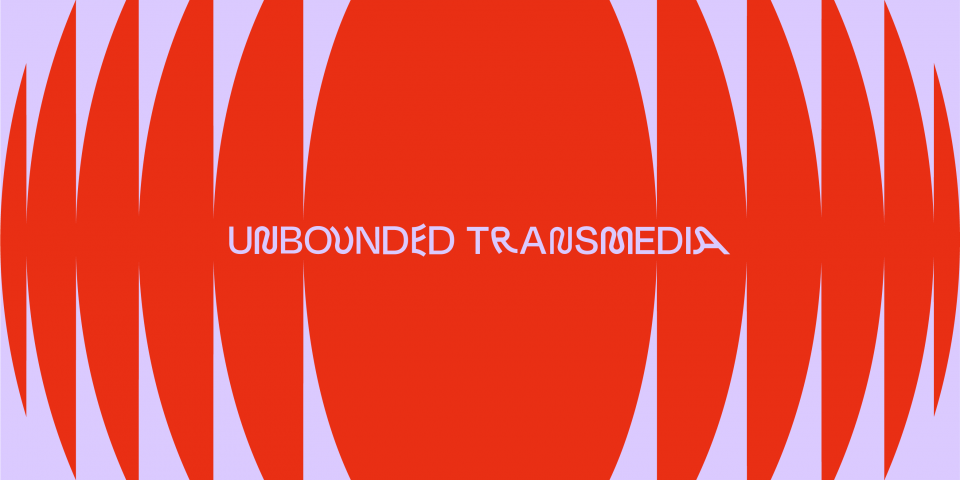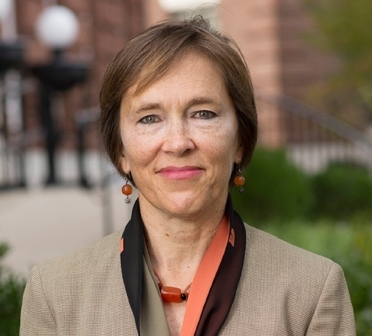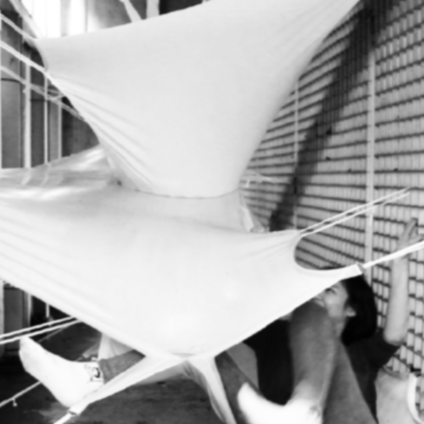Friday, November 12
12-7pm EST
Physical Location: MIT 7-429, Ling Lounge (for MIT community only)
Virtual Location: Webcast Link
Cinema begins with analogue simulations of fanciful realities (Méliès’s Trip to the Moon) as well as torquings of time that can run upside down and backwards — yet all our virtual realities must obey the intuitive physics of human perception. The symposium Boundary Conditions: Architecture, Simulation, Cinema brings together filmmakers, scholars, scientists, and artists in the XR domain to explore this territory — we explore the surprising history that connects virtual production to architectural simulation, then and now. Rendering space, time, and characters through veridical simulations of reality that appeal to fuzzy logics of perception draws on new boundary conditions that allow both documentary and fiction to build compelling storyworlds. Virtual production was well underway before the global pandemic, but has accelerated under the pressure of enforced social and spatial distance. Today, virtual production practices drive the creation of immersive spatialized worlds – our symposium panels examine, celebrate, and critique the devices of imagination that shape ubiquitous creativity. Metahumans have arrived, deepfakes are here, and even black holes can function as characters in spacetime – what meanings will we make in the expansive ethical and aesthetic spaces of the new metaverse?
——————————————————————————-
Panel I: VIRTUAL LIFE ENGINES
12 pm—1:30 pm
Caroline Jones (Opening Remarks)
Ian Cheng*
Veronica So*
Ivaylo Getov*
Judith Barry (Respondent)*
Deniz Tortum (Moderator)*
*remote speakers
What thrives in the metaverse? How does virtual life unfold, algorithmically or otherwise, to tap into our predilection for perceiving liveliness in the world? Long histories of appropriating human bodies for mediatic purposes now intersect with virtual spatial domains rich with algorithmic evocations of teeming, flocking, or vegetal proliferation. If actors wearing masks and costumes once constituted the boundary conditions of our narratives, we can now simulate liveliness itself on transmedia platforms, with bodies being deployed from life (with or without permission) in immersive storyworlds. Beyond avatars, life engines now tweak intuitive physics to convey metahumans and the more-than-human in virtual domains. This panel will feature artist Ian Cheng with his collaborating producer Veronica So and technical director Ivaylo Getov.
——————————————————————————-
Panel II: SPACETIME
2 pm—4:30 pm
Rachel Rossin
Alexander Galloway
Aude Oliva
Eugenie Brinkema (Respondent)
Tobias Putrih (Moderator)
Transmedia narrative forms depend on the malleability of space and time. Literary tools such as verb tense, recollection, and prophecy became a material medium of celluloid, sprockets, and frames. Studio spaces and theatrical set-ups could be sliced, diced, run backward, layered, or recombined, a vocabulary that migrated to the digital. How have virtual production and tools such as ‘foveated rendering’ reached into human perception to further refine these tools of dreaming? Can the blurring of narrative orders allow space itself to emerge as a time-bound experience? This panel will reach into the manifold of spacetime as a place of craft and artful storytelling where makers explore the ever-shifting boundary conditions of this world and others. Participating speakers include artist Rachel Rossin, media theorist Alexander Galloway, and MIT cognitive neuroscientist Aude Oliva. MIT film scholar Eugenie Brinkema will moderate discussion and offer a response.
——————————————————————————-
PLENARY
5 pm—7 pm
Douglas Trumbull
Nicholas de Monchaux
Douglas Trumbull, legendary special effects designer (2001, Blade Runner), who will offer a plenary followed by a discussion with Head of Architecture at MIT, Nicholas de Monchaux, who has traced urban studies models into the special effects lab. Architecture + Planning Associate Dean and media theorist Caroline A. Jones, Director of the Transmedia Storytelling Initiative, will welcome local participants and remote audience members to the event, which will be both live and streamed.
——————————————————————————-
Produced by the Transmedia Storytelling Initiative, MIT*
The Transmedia Storytelling Initiative (TSI) is situated in the School of Architecture and Planning. We embrace the powerful alignment between spatial modeling (central to architecture and urbanism) and the expanding world of virtual production that the Boundary Conditions symposium celebrates. Curriculum seeks to expand narrative to consider spatialized storyworlds and the perceptual tools that we bring to them. Since its founding in 2019, TSI has reached over 300 students through grants, workshops, seminars, and making. If we will increasingly live hybrid lives on Earth and in a metaverse, let us responsibly interrogate our navigational tools.
* Additional partnership from Arts at MIT, MIT.nano, MIT Center for Advanced Virtuality, Virtual Experience Design Lab@MIT, The Art, Culture, and Technology program (ACT)@MIT, Department of Architecture@MIT.







